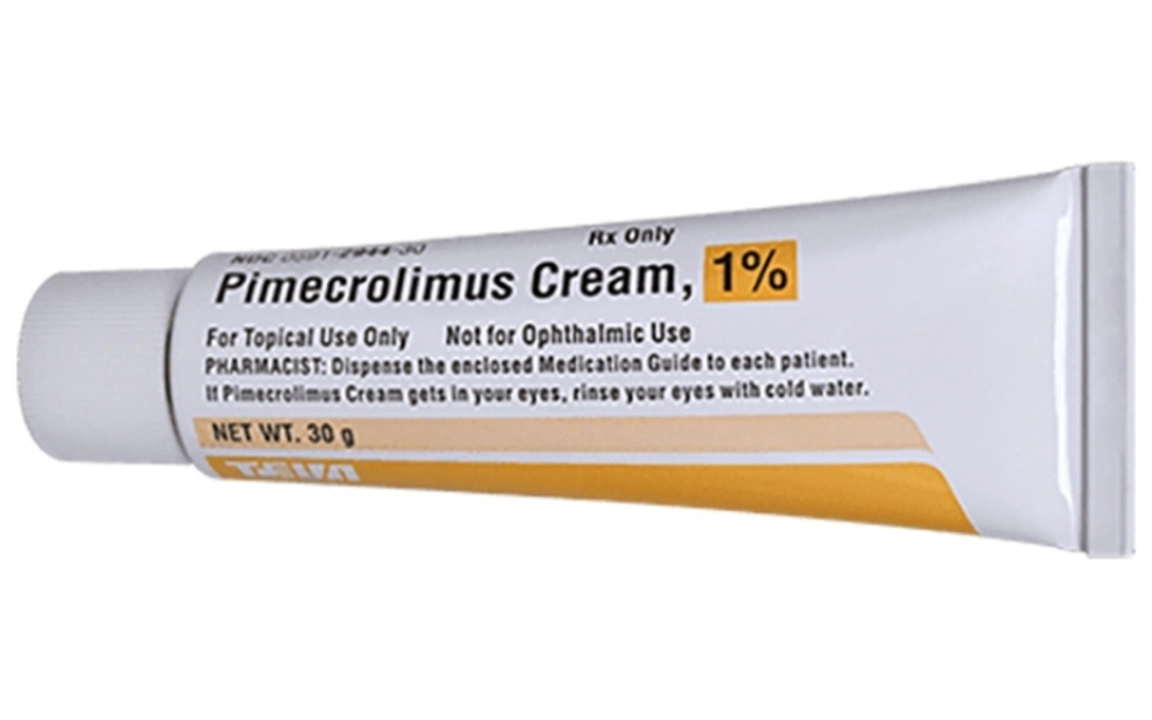Skin Health Guide – Practical Tips You Can Use Today
If you’re tired of flaky patches or stubborn breakouts, the good news is that most skin problems have easy fixes. Start by treating your face like a garden: water it, protect it from harsh sun, and pull out weeds before they spread.
Everyday Habits That Make a Difference
First thing’s first – wash your hands before you touch your face. Even a quick rinse with lukewarm water removes oil that fuels acne. Follow up with a gentle cleanser that won’t strip away natural oils; think of it as a mild soap, not a harsh scrub.
Next, moisturize while the skin is still damp. A light, non‑comedogenic lotion locks in moisture and stops the barrier from cracking. If you have dry patches, look for ingredients like ceramides or hyaluronic acid – they act like tiny sponges that hold water in the skin.
Sun protection is a must, even on cloudy days. A broad‑spectrum SPF 30+ sunscreen stops UV rays from causing premature aging and dark spots. Spray or lotion, whichever you prefer, should be applied every morning and re‑applied after sweating or swimming.
Targeted Treatments for Common Issues
Acne can be stubborn, but over‑the‑counter options still work well when used correctly. Products with benzoyl peroxide or salicylic acid clear pores by killing bacteria and exfoliating dead skin cells. If those feel too harsh, try a retinoid cream like adapalene – it speeds up cell turnover without the sting of strong acids.
For those looking for alternatives to prescription acne meds such as Isofair, natural options exist. Tea tree oil, when diluted 5% in a carrier oil, offers antibacterial benefits and can calm inflamed spots. Arrowroot powder works as a gentle absorbent; dust it on oily areas before makeup to keep shine at bay.
Supplements also play a role behind the scenes. Alpha‑linolenic acid (ALA) from flaxseed or walnuts supports skin elasticity and reduces inflammation, making it a good add‑on for anyone dealing with redness or dryness. Iodine and selenium, known for thyroid support, indirectly help keep skin clear by balancing hormone levels.
When you buy any topical product online, stick to reputable pharmacies or verified retailers. Check for real customer reviews, look for clear pricing, and avoid sites that promise “miracle” cures with no ingredient list. Safe buying habits protect both your wallet and your skin.
Finally, remember that lifestyle choices matter. Stay hydrated, aim for at least eight glasses of water a day, and keep stress in check – chronic tension can trigger breakouts. A balanced diet rich in fruits, vegetables, and lean protein supplies the vitamins your skin needs to repair itself nightly.
Putting these steps together creates a simple routine that tackles the biggest skin concerns without overwhelming you. Small changes add up, so start with one habit—like adding sunscreen—and build from there. Your skin will thank you with fewer breakouts, smoother texture, and a healthier glow.
Choosing the right pimecrolimus cream for your skin can be a bit overwhelming, but I've got some tips to help you out. First, consult with a dermatologist to ensure this medication is suitable for your skin condition. Next, research and compare different brands for their ingredients, effectiveness, and customer reviews. Remember to consider your skin type and any allergies you may have. Lastly, always follow the prescribed usage instructions to get the best results and avoid any side effects.
May, 7 2023

